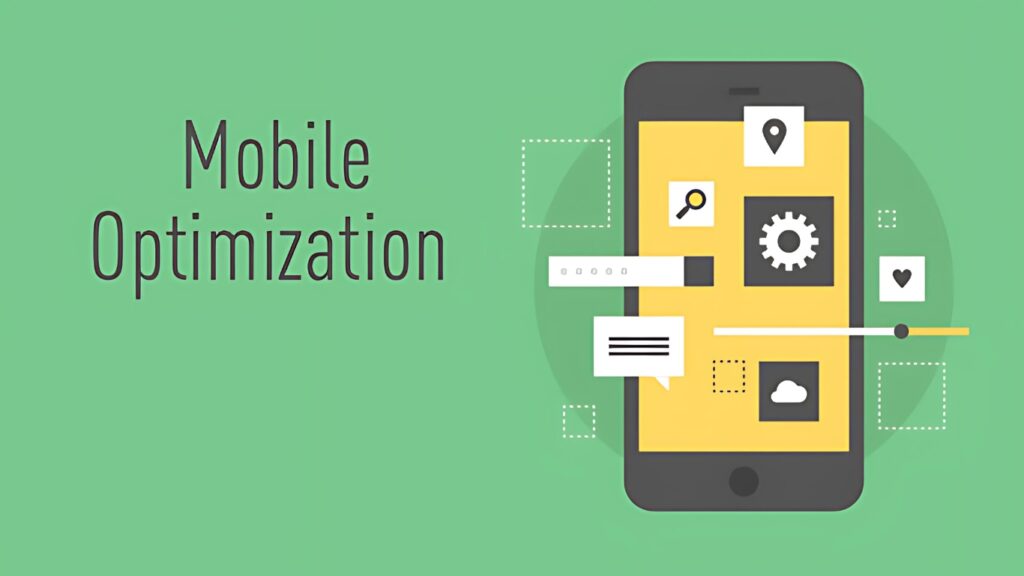On-Page SEO
Introduction:
On-page SEO (Search Engine Optimization) refers to the practice of enhancing individual web pages to improve their search engine rankings and drive organic traffic. This involves optimizing various elements within your website, including content, meta tags, images, and more. Here’s how you can effectively optimize these components:
1. Content Optimization

- High-Quality Content: Create valuable, informative, and engaging content that addresses the needs and interests of your target audience. Quality content is more likely to be shared and linked to, which boosts SEO.
- Keyword Placement: Incorporate relevant keywords naturally throughout your content. Focus on using primary keywords in headings, subheadings, and the first 100 words of your text.
- Content Length: Longer content (typically over 1,000 words) tends to perform better in search rankings. Ensure your content is comprehensive and covers the topic in depth.
- Readability: Use clear language and break up text with headings, bullet points, and short paragraphs to enhance readability. Tools like Yoast SEO can help assess readability scores.
2. Meta Tags Optimization

- Title Tags: Craft unique and descriptive title tags for each page, ideally incorporating primary keywords. Keep them under 60 characters to ensure they display fully in search results.
- Meta Descriptions: Write compelling meta descriptions that summarize the page content and include relevant keywords. Aim for 150-160 characters to ensure complete visibility in SERPs.
- Header Tags (H1, H2, H3): Use header tags to structure your content logically. The H1 tag should contain the main keyword and describe the page’s primary topic, while H2 and H3 tags can be used for subheadings.
3. Image Optimization

- File Names: Use descriptive file names for images that include relevant keywords (e.g., “best-seo-practices.jpg”). This helps search engines understand the image context.
- Alt Text: Add alt text to all images to describe their content accurately. This not only improves accessibility but also provides additional context for search engines.
- Image Size: Optimize image sizes to reduce loading times without sacrificing quality. Use formats like JPEG for photos and PNG for graphics with transparency.
4. URL Structure

- SEO-Friendly URLs: Create clean and descriptive URLs that include relevant keywords (e.g., www.dstechnoverse.com/seo/). Avoid using long strings of numbers or special characters.
5. Internal Linking

- Linking Strategy: Use internal links to connect related content within your website. This helps search engines crawl your site more effectively and keeps visitors engaged longer.
6. Mobile Optimization

- Responsive Design: Ensure your website is mobile-friendly by using responsive design techniques. A significant portion of web traffic comes from mobile devices, so it’s crucial for user experience and SEO.
Conclusion:
On-page SEO optimization is essential for improving your website’s visibility in search engine results. By focusing on high-quality content, effective use of meta tags, image optimization, clean URL structures, internal linking strategies, and mobile responsiveness, you can enhance your site’s performance and attract more organic traffic.
Need Assistance or Have a Feature Request?
At Dstechnoverse, we’re here to help! If you have any questions or need support, please don’t hesitate to reach out to us.
We value your feedback and are always open to suggestions for new features that can enhance your experience.
